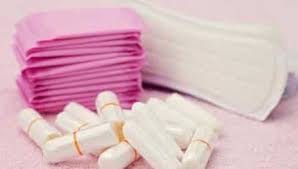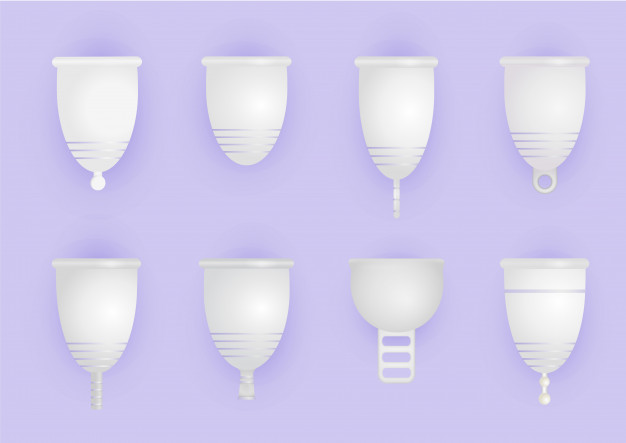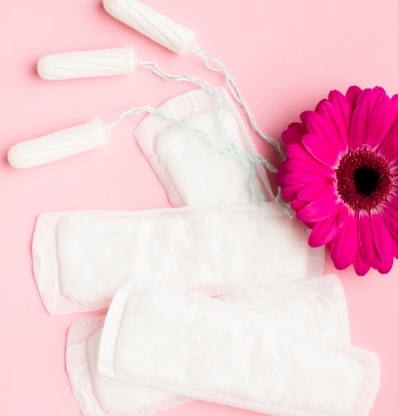With the increase in plastic pollution in the environment, green menstruation stands as a necessity in today’s world. However, menstruation remains a taboo subject and something which has always been discussed in a hush-hush way.
Cutting through the taboo and all the shame that has been associated with women’s menstruation since times immemorial, it’s time we do not just talk about it on the internet but also address the cause orally in real life.
However, today, it’s more about the environmental hazards that urban menstrual practices have posed on our planet.
Sanitary napkins are used, rolled, and disposed of. But what happens to them once we’ve disposed them off? Do we ever think what’s done with these used napkins later? Surely, not many of us think about it.
According to recent reports, nearly 70 per cent of urban Indian women use sanitary napkins as compared to 48 per cent of rural India.
Now, considering that 8 sanitary napkins are used per menstrual cycle by each person, we get the figure that over 12.3 billion disposable sanitary pads are generated by India every year! The concern is, how do we dispose a quantity of plastic so massive? We’re already living on a pile of plastic!
As per the Menstrual Health Alliance of India, a single disposable sanitary pad could take 500 to 800 years to decompose. Each sanitary napkin is composed of 90 per cent plastic, if not lesser.
The plastic used in manufacturing sanitary napkins –
- non-biodegradable
- cause toxic chemical leaching of the soil
- cause respiratory harm and skin allergies in humans
- emit strong, pungent odours when buried in soil or disposed of in landfills

Reports from the Ministry of Drinking Water and Sanitation (MDWS) say that –
- 28 per cent of used disposable sanitary pads are thrown with routine waste
- 33 per cent is disposed of via burial
- 15 per cent is burnt openly
A Solid Waste Management official from the BMC was quoted in a ‘medium.com’ article saying that,
“There is no clarity on whether sanitary napkins should be classified under bio-medical waste or dry waste, there is also no awareness regarding the disposal even among those who stay in societies, whereas in slum areas it is usually thrown in nullahs (open drains).”
Sanitary pad manufacturing companies have neither devised methods of sustainable disposal of the used pads, nor do they take the responsibility of educating consumers on the same.
Disposable sanitary napkins generate an unjustified amount of pollution. It harms the environment and human life alike because there’s no way the plastic toxicity can be reduced.
So what can be done to bring down the level of plastic pollution occurring from using disposable sanitary napkins?
SWITCH!!
Switch to sustainable menstrual products.
Here are a few sustainable menstrual products & their basic advantages:
Menstrual Cups

- Inexpensive & most cost-effective
- Last up to 10 years without any health hazards
- No risk of vaginal infections, diseases, or intimate irritation (which is a risk while using disposable sanitary napkins)
- Comfortable and travel-friendly.
Cloth pads/napkins
• The cloth is gentle to the skin. Hence, plastic-induced irritation and infection is kept away
• Inexpensive
• One-time use, but washable and reusable
• Eco-friendly & biodegradable even when disposed off
Period panties
• Gentle, cloth material with 3 layers of fabric
• Highly absorbent, water-proof, leak-free
• Since the fabric is breathable, they are comfortable to use
• Cost-effective, long-lasting, great utility, easily available
The figure of disposable sanitary napkins being used every year is stated above. Now, imagine, what if that humongous figure of plastic pollution can be replaced with eco-friendly products? Amazing, isn’t it?
The decision of switching from disposable to sustainable menstrual products lies with each woman. And the contribution of each woman counts.
Let’s make green menstruation a part of our daily lives. Let’s make the Earth greener, safer, better!

